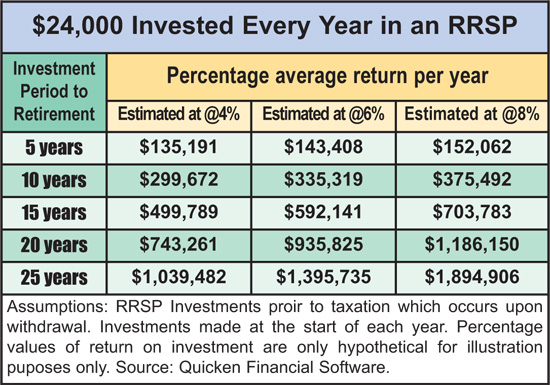Cognitive errors in how people process and analyse information can lead them to make irrational decisions that can negatively impact business or investing decisions.1
Anchoring Bias Some investors anchor their investment decisions by fixating on a targeted result. Calculations that determine results ahead of investing in a fund portfolio can result in only thinking about future fixed results, disallowing for ongoing flexible guidance. An advisor can study the historical data, performance, and trend changes within the sector(s) in which the fund performs.
Recency Bias When we overvalue the latest information available about investments, we can develop a bias about what we’ve heard most recently and may not be looking at the big picture. In uncertain times, having an experienced advisor guide you in assessing the potential based on valid analytical data is wise.
Loss Aversion Bias The fear of losing money while investing can cause harm to inexperienced investors; for example, in March 2020, when the Dow Jones Industrial Average (DJIA) quickly dropped below 20,000. On November 23, 2020, the DJIA edged back over 30,000, higher than pre-March, 2020, as did the S&P 500. Investors who do not exercise patience during such times as the above period may experience an irretrievable loss. The Loss Aversion Bias only focuses on avoiding losses. Such bias often misguides an investor to miss out on good opportunities for gains.
Confirmation Bias If an investor looks only for information that affirms existing beliefs while discounting contradictory information, important facts may be left out of a decision process. Talking to a certified advisor may make you less apt to miss essential findings that may help you decide for the best. Advisors have access to many investment analysts and pertinent information on a broad field of market investment knowledge.
Bandwagon Bias Investor tips can circulate among others who may not be tried and proven investors. If not assessed carefully, one might make a hasty investment decision. First, ask your advisor for their opinion – and make an informed decision.
1 Investopedia



















